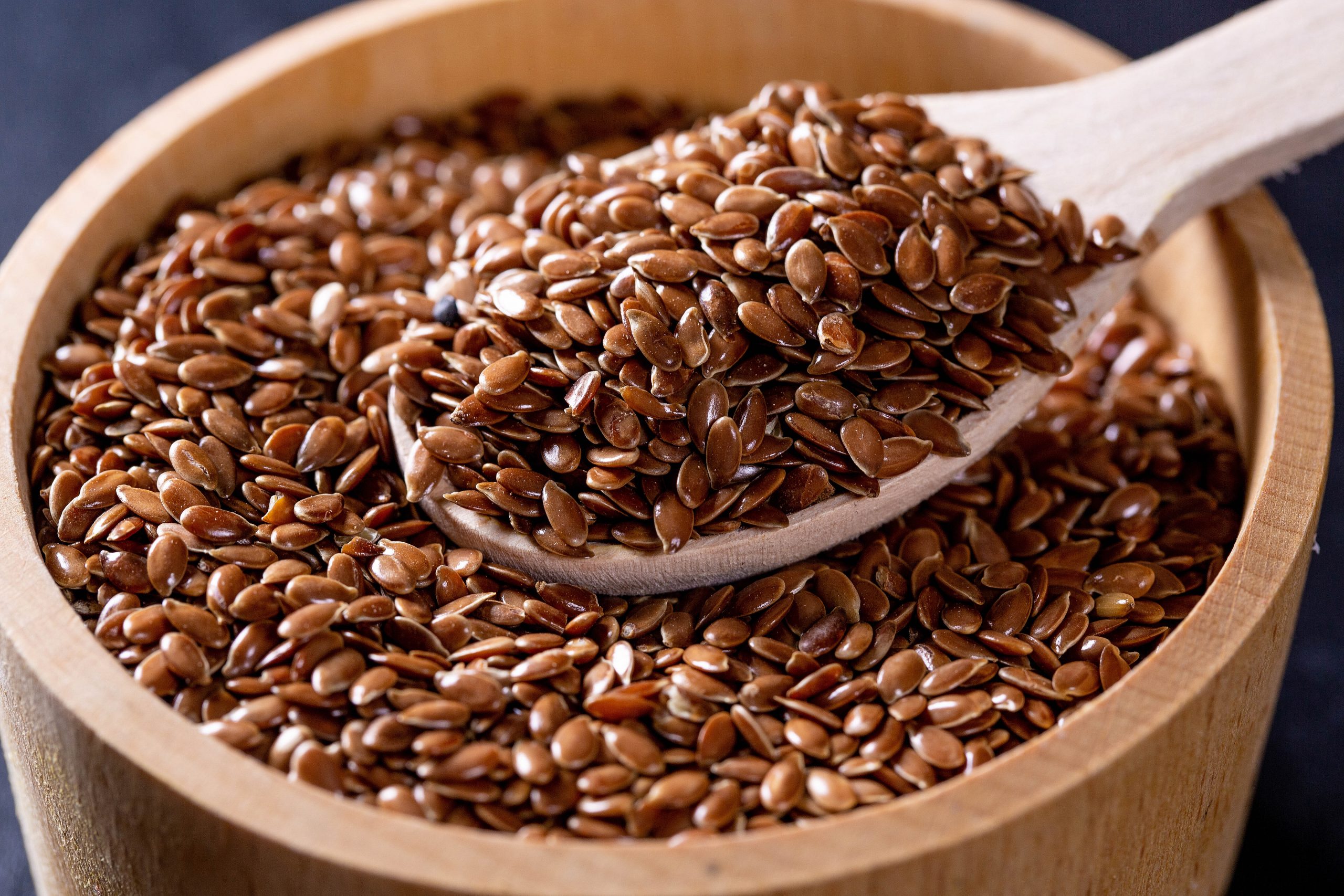If you’re looking for a nutritional powerhouse to support your weight loss journey and enhance your overall well-being, look no further than sprouts. These tiny, vibrant plants pack a punch when it comes to nutrients and offer a myriad of health benefits. In this in-depth blog post, we will delve into the extraordinary nutritional profile of sprouts, uncover their potential advantages for weight management, and provide practical strategies for incorporating them into your daily routine. Get ready to unlock the remarkable potential of sprouts and experience their transformative effects on your health and weight loss goals! 🌱⚖️
The Nutritional Marvel of Sprouts: A Closer Look at their Abundance 🌱🌿
Sprouts are young plants that have just begun to grow from seeds. Despite their size, they are nutritional powerhouses, loaded with essential nutrients that can nourish your body and support your weight loss journey. Let’s explore the remarkable nutritional profile of sprouts:
1. Vitamins and Minerals: Sprouts are a rich source of vitamins and minerals, including vitamin C, vitamin K, vitamin A, folate, potassium, and iron. These nutrients are vital for various bodily functions, from boosting the immune system to supporting bone health.
2. Fiber: Sprouts are high in dietary fiber, which is essential for a healthy digestive system. Fiber aids in digestion, promotes feelings of fullness, and supports regular bowel movements, all of which are crucial for weight management.
3. Antioxidants: Sprouts are packed with antioxidants, such as flavonoids and phenolic compounds. These antioxidants help protect your cells from damage caused by harmful free radicals, contributing to overall health and well-being.
4. Enzymes: Sprouts contain enzymes that aid in digestion and improve nutrient absorption. These enzymes support optimal digestive function, ensuring that your body can effectively utilize the nutrients from the foods you consume.
The Potential Benefits of Sprouts for Weight Management 🌱⚖️
Incorporating sprouts into your weight loss plan can provide several potential benefits:
1. Nutrient-Dense and Low in Calories:
Sprouts are incredibly nutrient-dense while being relatively low in calories. This means that you can consume a generous amount of sprouts to satisfy your hunger and meet your nutritional needs without worrying about excessive calorie intake.
2. Fiber for Satiety and Digestive Health:
The high fiber content in sprouts promotes feelings of fullness, helping to control appetite and prevent overeating. Fiber also supports a healthy digestive system by regulating bowel movements and maintaining a healthy gut microbiome.
3. Hydration Support:
Sprouts have a high water content, contributing to hydration and helping you feel satisfied. Staying hydrated is essential for overall health and can aid in weight management by reducing cravings and supporting proper bodily functions.
4. Antioxidant Powerhouse:
The antioxidants found in sprouts help combat oxidative stress, reduce inflammation, and support your body’s overall well-being. By reducing inflammation and promoting a healthy internal environment, sprouts can indirectly support weight management efforts.
5. Versatile and Flavorful:
Sprouts are incredibly versatile and can be incorporated into a wide range of dishes. Whether added to salads, sandwiches, wraps, stir-fries, or smoothies, sprouts lend a fresh and crunchy texture along with their rich nutritional content.
Practical Strategies for Incorporating Sprouts into Your Weight Loss Journey 🌱⚖️
To make the most of the nutritional benefits of sprouts in your weight loss plan, here are some practical tips:
- Salad Sensations: Add a generous handful of sprouts to your salads for an extra boost of crunch, flavor, and nutrients. Combine them with leafy greens, vegetables, lean protein, and a healthy dressing for a satisfying and well-rounded meal.
- Sandwich Stuffers: Layer sprouts onto your sandwiches and wraps for an added nutritional punch. They provide a delightful texture and contribute to the overall freshness and taste of your favorite handheld meals.
- Stir-Fry Superstars: Toss sprouts into stir-fries for a vibrant and nutrient-packed addition. They add a delightful crunch and absorb the flavors of the dish, making them a versatile ingredient in your culinary creations.
- Smoothie Enhancers: Blend sprouts into your favorite smoothies for an extra dose of nutrients and fiber. They pair well with fruits, leafy greens, and other smoothie ingredients, creating a refreshing and nutrient-dense beverage.
- Homemade Sprouting: Try your hand at sprouting at home using sprouting kits or jars. It’s a fun and cost-effective way to enjoy fresh sprouts and have them readily available for your meals.
Conclusion: Embrace the Nutritional Power of Sprouts for Weight Loss and Overall Health 🌱⚖️
Sprouts, with their exceptional nutritional profile and potential health benefits, are an excellent addition to your weight loss journey. Packed with vitamins, minerals, fiber, antioxidants, and enzymes, sprouts offer a nutrient-dense and low-calorie option that supports satiety, hydration, digestive health, and overall well-being. By incorporating sprouts into your meals creatively and consistently, you can harness their remarkable potential and enjoy the numerous benefits they bring to your health and weight management efforts.












